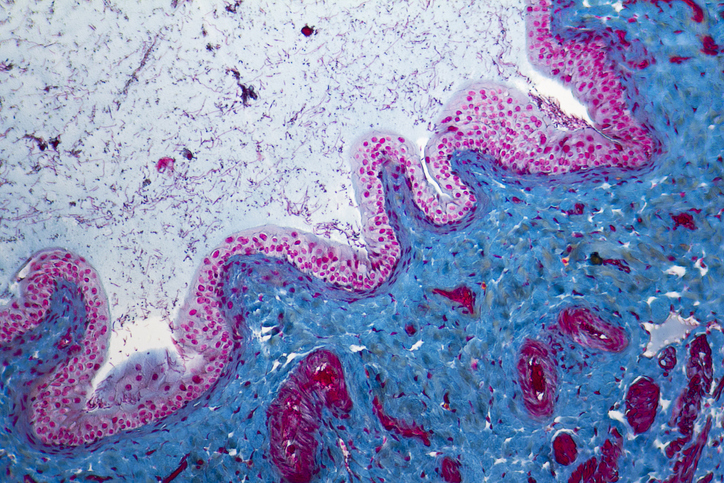
A recent study published in Arthritis Research & Therapy assessed the risk of comorbidities among patients with systemic sclerosis (SSc) and rheumatoid arthritis (RA).
Researchers matched 408 consecutive SSc patients (mean age, 59 years; 87% female) 1:1 for age and gender with 408 RA patients; mean disease duration was 10 years for SSc and 9 years for RA.
Between the two groups, there was no difference in arterial hypertension or smoking. However, SSc patients had lower dyslipidemia rates (18.4% vs 30.1%, p = 0.001), diabetes mellitus rates (5.6% vs 11.8%, p = 0.007), body mass index (P=0.001), and ischemic stroke rates (1.1% vs 3.2%, p = 0.085) than RA patients. SSc patients and RA patients had similar rates of chronic obstructive pulmonary disease (5.2% vs 3.7%), osteoporosis (24% vs 22%), overall neoplasms (1.1% vs 1.7%), and coronary artery disease (2.7% vs 3.7%). While cancer rates were similar between the groups, types of cancers differed: in the SSc group, lung cancer was the most common (7/17, 41%), while RA patients were more likely to have hematologic malignancies (7/19, 36%) or breast cancer (7/19, 36%). SSc patients were more likely to have depression (22% vs 12%, p = 0.001) than RA patients.
Prevalence of comorbidities in systemic sclerosis vs RA: SSc has comparable cardiovascular risk to RA but poses a greater negative impact on quality of life, as more patients with SSc develop depression #rheumatoidarthritis #systemicsclerosis #depression https://t.co/8IwkQwsO3d
— Reumatología Clinic (@Reumaclinic) December 5, 2018
“Despite the prevalence of dyslipidemia and diabetes mellitus in SSc being almost half that in RA, the cardiovascular comorbidity burden appears to be similar in both,” the researchers wrote. “The overall prevalence of neoplasms is no higher in SSc than in RA, but SSc has a more negative impact on quality of life, as clearly, more SSc patients develop depression compared to patients with RA.”
Analysis: Systemic Sclerosis and Systemic Lupus Erythematous Overlap
Epidemiology and Survival of Systemic Sclerosis-Systemic Lupus Erythematosus Overlap Syndrome
Study: Strong Reproducibility in 6-Minute Walk Test for Systemic Sclerosis
Source: Arthritis Research & Therapy







 © 2025 Mashup Media, LLC, a Formedics Property. All Rights Reserved.
© 2025 Mashup Media, LLC, a Formedics Property. All Rights Reserved.